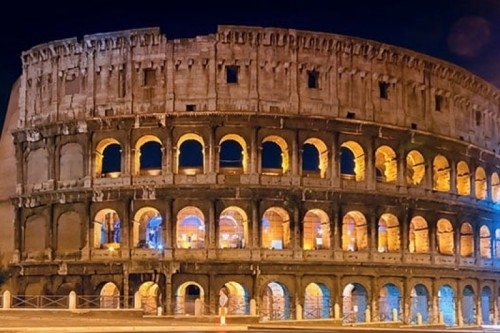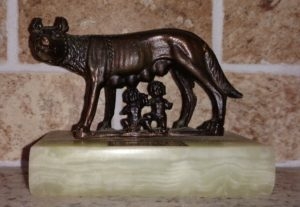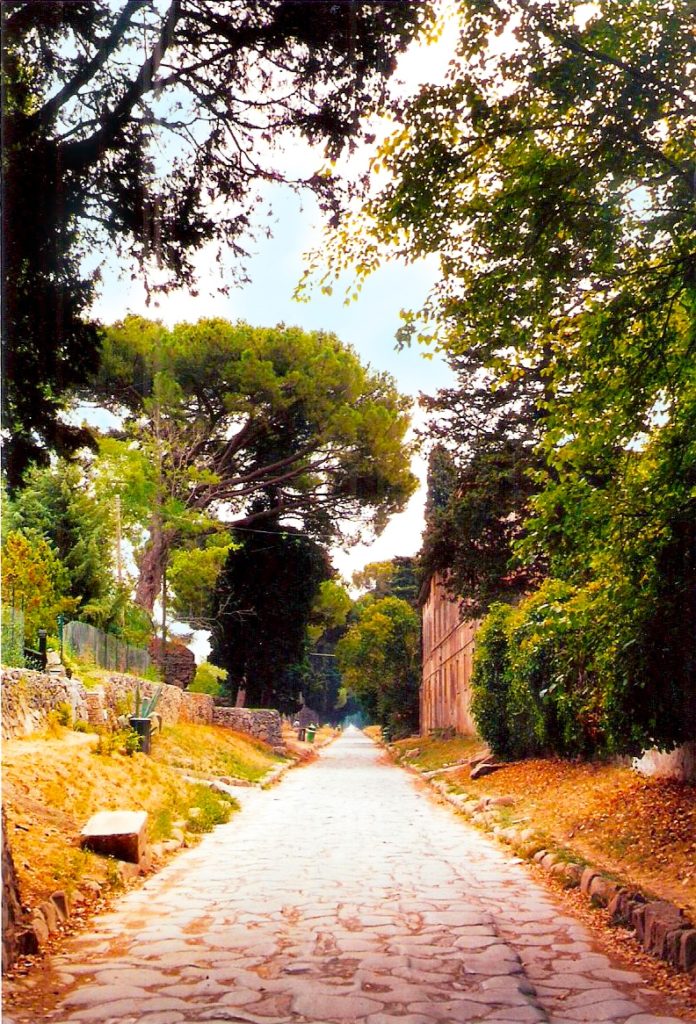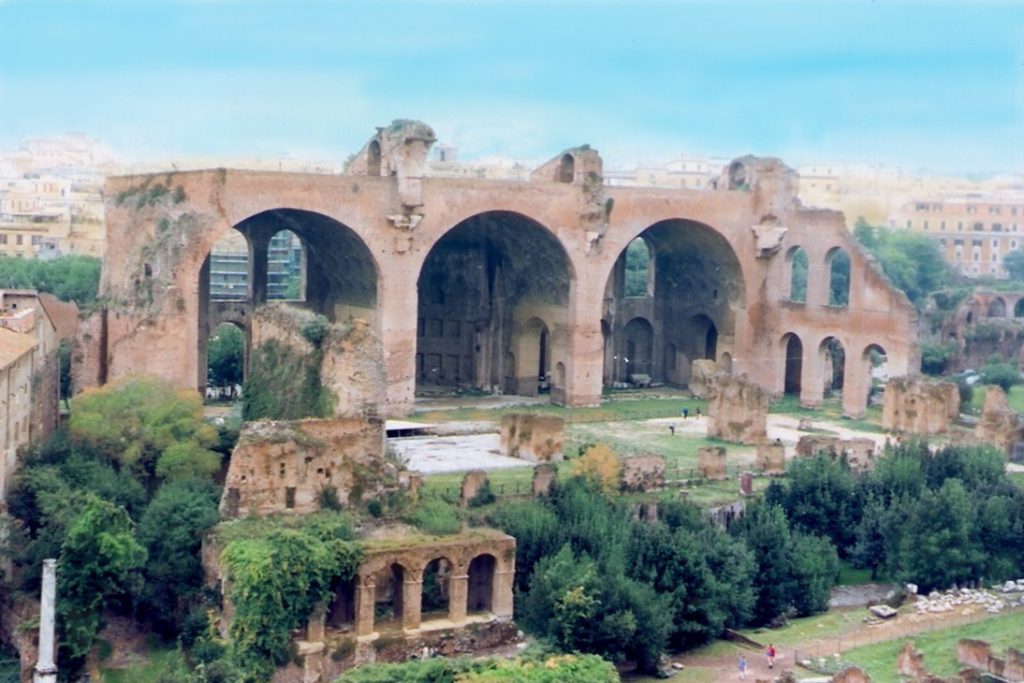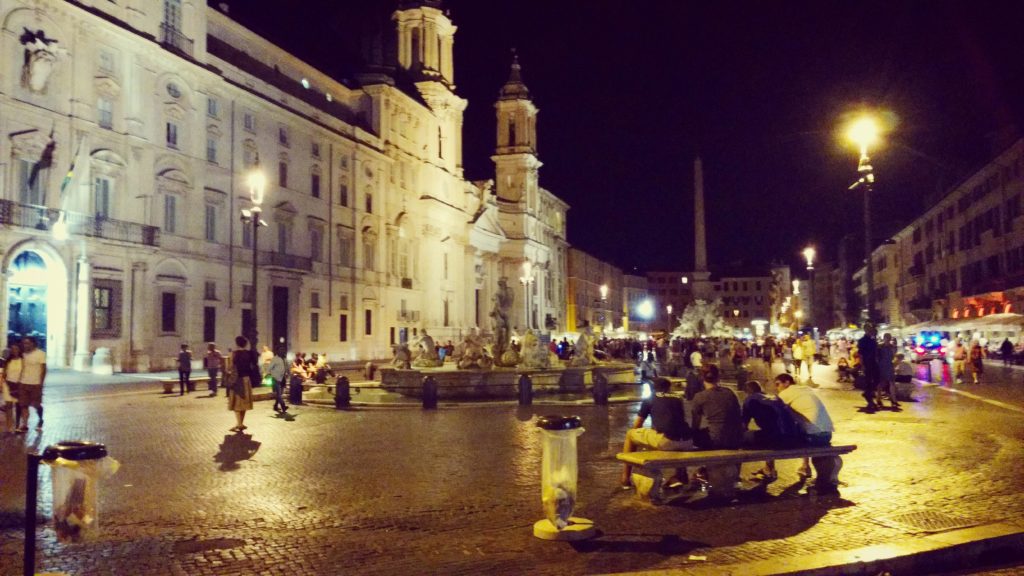***This post contains affiliate links and I will be compensated if you make a purchase after clicking on my links at no extra cost to you
Take part in Rome’s most extraordinary experience. View the Colosseum under the moonlight while enjoying a prosecco aperitivo! These after-hours tours will make your visit to Rome unforgettable.
Gain special access to underground areas and the arena floor to get a close-up look at where the gladiators walked.
Experience the spooky side of the Colosseum, an arena in which many people died. You’ll enter the Colosseum through the Gate of Death, where a virtual reality re-enactment will take you back to the Roman era so you can see first-hand what the Colosseum looked like in its heyday.
CLICK TO ORDER TICKETS: Night at the Colosseum, Rome

